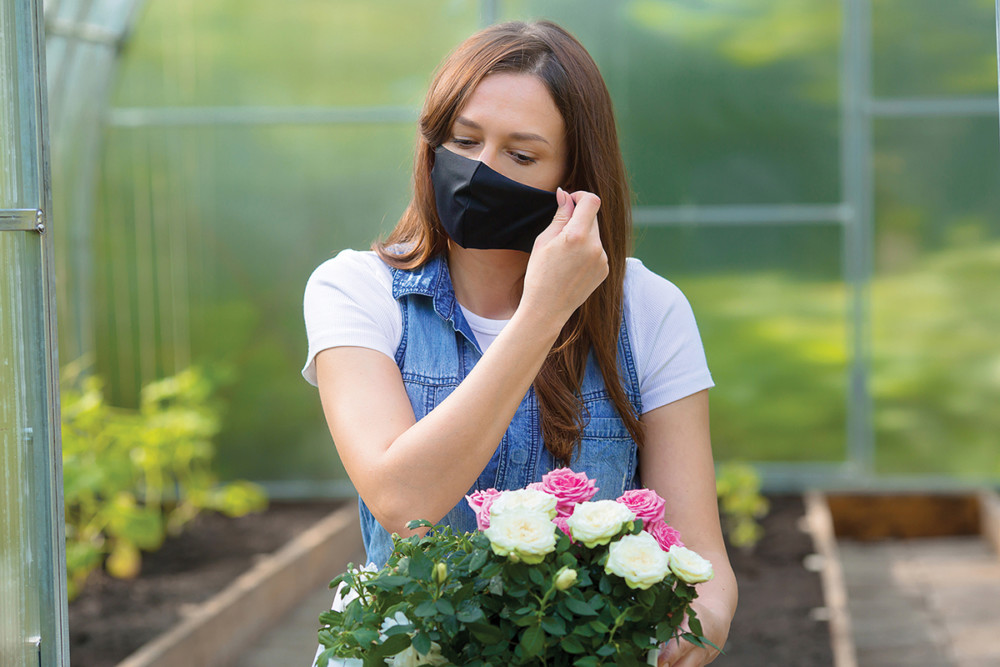
Two Sales Trends on the Rise in the Age of Coronavirus
In these crazy Tiger King, grandmas on Zoom, masks as a fashion statement new world we find ourselves in today, change is coming at a dizzying pace, despite our population never being more physically distant. Retail may never get back to the way it was, and business is adapting faster than anyone ever thought possible. More than ever in the garden center and landscape business, people are looking for experiential shopping, PLUS they want convenience and excitement. So how can you possibly marry experience with convenience now?
Certainly, we can all agree that time is often marked now as B.C. (Before Corona) and I hope someday soon, we can all breathe a mask-free sigh of relief that A.C. (After Corona) is here and our future business planning is “back to normal.” But is that realistic if it’s a year down the road, or even two years? Many may need to abandon the idea (if they haven’t already) that there is no old “normal” to return to. What existed in the retail industry before March 2020 no longer exists and it’s likely not coming back.
Even with the brutally exhausting, record-setting sales garden centers are seeing with diminished staff, the structure of future sales will be very different with availability shifts in certain product lines like edibles, seeds and soils. We’re already seeing this dramatically at the height of the season. If you let go of the idea that you have to preserve what was before, then it opens up the horizon for what changes to expect in your region and how to best take advantage of those changes.
What’s Next?
So what’s next in the new frontier of sales and marketing for our beloved green industry? And, how can we embrace and evolve on ideas that were foreign to many of us only a mere few months ago? Doors have been closed, and some may not reopen. Though we know these are some of the most resilient and creative people on the planet, whatever the new normal becomes, IGC and landscape company owners will be at the forefront of shaping life as we know it. I personally KNOW that some of you out there are masters of ingenuity, so here are two intriguing current trends I think will stick around.
-
Selling to the Micro, Not the Macro
Many experts across the retail landscape are saying that, if you’re watching carefully, new success is coming from the rise of the “Micro-Influencers.” No, it’s not another robot spin-off action movie, but a fascinatingly simple way to take retail sales into several arenas that you might already be considering.
As big-name, high-end brands are having a difficult time getting consumers to relate to luxury brand influencers with millions of followers who have no concept of living on a budget, focusing on locally sourced sustainable products, or repurposing items, they are realizing that smaller-scale influencers are turning this into a booming sales opportunity.
You might have always assumed that using an “influencer” was budgetarily out of reach for your business, but now it’s never been more affordable. Small business is leaning into the micro-pool and finding it to be incredibly warm, flexible, effective and easy to cross-pollinate via numerous platforms.
This is an entirely new adaptation of a concept that many garden centers have been trying out with making in-house videos, often with the owner or manager in the video. However, now the new twist is using employees on your sales team, each with special gifts for selling specific things (unless your team is made up of sales unicorns who can sell anything well). But how well are you capitalizing on the potential for sales from social media followers who already know and love your staff, their families, and their friends?
You might have a staffer working in your tree and shrub department whom everyone knows as a 10-gallon hat personality, who customers rave about and come specifically to see when they need something. Or maybe you have a container designer who makes the mundane look magical, or an expert on growing all things edible who feels passionate about organics and sells both veggies and bagged goods equally well.
Make each of those people in your business stakeholders in making more sales — even going so far as to incentivize it. If Jeff in the tree and shrub department is seen making extra money by helping the store make quick Instagram or Facebook stories on “the tree of the month,” for example, and other employees see that, it begins a rolling boulder effect.
Each person capitalizes on their passions, their strengths and who they bring to the table in sales volume. Having a real, relatable person from the local community selling the benefits and features of that tree can drive sales like none other. It’s personal, it’s fast, it’s agile, it’s simple and it carries measurable results month to month for what’s working and not working.
If you’ve ever seen the App “LIKEtoKNOW.it” this is a very similar concept that retailers like Target, Old Navy, Sephora and many other affordable retailers are using to huge success across many social media platforms. Using stories with real people is amazingly effective and products regularly sell out daily à la QVC.
Let’s take this example one step further. Who says that local producers of your products should stay a mystery? Do we not get excited about certain brands of locally made anything to support our hometown heroes who produced some of our most beloved regional products? A certain cheese? A certain candy? A certain wine or local micro-brew? Whole cities have practically been founded on that very concept.
-
The “Go Local” Trend on Steroids
Why not start making brand rockstars out of the people who grow your summer annuals or produce your favorite potting soils or fertilizers? In the example of Jeff the tree and shrub employee, why can’t he make a quick video selling BOTH the tree and the fertilizer when he interviews the tree grower or fertilizer maker?
The opportunities to expand on this idea are voluminous, but here’s another quick one: if you have a staff member passionate about pollinators, have them interview a beekeeper in the garden center and do a show-and-tell of pollinator friendly plants and items. On the flip side, maybe make a corresponding video on gardening myths about pollinators. None of these need to be long or professionally produced; in fact the most popular are casual, not polished and long, as the sound and video are decent quality.
Bring the Greenhouse to Customers
This is the wild wild West of online sales and social media. “Dark stores” that were once public, thriving retail locations become order fulfillment centers. Sounding familiar to how you’ve felt lately trying to fulfill curbside pickup orders?
Consider adapting “subscription-based sales” to your new COVID-era sales opportunities. Have you seen the new page on Amazon solely devoted to subscription boxes? It’s pretty amazing how incredibly niche these retailers are getting — with crazy amounts of success. You can get everything from a fishing specialty box to fine liquors and everything in between. The rise of niche subscription boxes is emblematic of the content social media users want most right now, namely that of both use and entertainment.
There are two basic groups of subscribers today; one group buys these services for “replenishment of essentials” like paper towels, diapers and basic food items. The second group wants the experience of “discovery” in a box. Do those two groups sound at all familiar? The replenishment group wants red geraniums, petunias and the basic tomatoes they’re used to and comfortable with every spring like clockwork, while the discovery group wants the succulents they’ve never seen before, tomatoes that are new and improved on the market, and houseplants they can “plant parent.”
With stores shut down, consumers are asking themselves: How can I have the same kind of pleasure without leaving my home? A lot of times, the answer is subscription boxes. When the box arrives, if it’s replenishment, you know what’s in it. But if it’s discovery, it’s always a surprise. Both forms of subscription boxes are doing exceptionally well right now.
Employees as Brand Ambassadors
Keeping people safely employed is a new and innovative trick that includes tactics never before tried. Grocers are doing this now to a degree, but may take this a step further and use the employees as brand ambassadors and suggestive sellers. Stores could ask pickers to upload a photo or a brief profile and allow customers to rate the pickers like Uber and Lyft drivers.
Through a combination of personal relationships and algorithms, the shopper or picker could personalize customers’ orders by recommending an item. And they could nudge customers toward higher-margin items and discretionary purchases, too.
Creating ongoing value that makes sense to sell as a subscription will be a major advantage. If you can create your own in-house “Local Celebrity Pickers” who help you market and create subscription boxes and even more important employees who work behind the scenes with shipping, you’re creating an entirely new sales channel.
You’re giving multiple opportunities for your fans to rave about “Suzy in the annuals department who personally shopped and picked out plants and items for my home and garden this month that were AMAZING!” Of course, Suzy’s business card was in the box, offering a discount code for the new customers they refer, too. High-end restaurants all over New York have begun implementing this new model as just one source of revenue in their new multi-channel stream of revenue. It puts the power (and the responsibility) in the hands of individual creators and experience-makers. Savvy entrepreneurs could see greater income and stability by turning to subscription models and leaning into both live online experiences and synergy of income sources.
When the shutdown is over, there will be many more people who will have learned about subscription options than ever before. Because the best candidates for subscriptions are people who already have a subscription, the market will materially expand post-shutdown. All the consumers who bought one subscription will be likely candidates to buy others. Flower e-tailer Bouqs is applying subscriptions to the flower business where it never existed before. Founder John Tabis said, “It’s not a key part of our business [now] but we expect it will be more important over time.” It’s applicable to almost any retailer if they’re willing to think creatively.
What We Do Now Will Determine Our Future Success
The future has already changed. Are you proactively finding creative ways to market your business? Even if that means veering off of the business plan path — and also think about how we need to pivot for the future. Thinking hyper-locally can be thought of now as “buying milk from the cow you can see.”
Online sales and omnichannel fulfillment are here to stay. The biggest shift is “no more excuses.” Retailers and brands have come up with all kinds of excuses for why they didn’t need to invest more in omnichannel. “My margins are too thin.” “My price points are too low.” “My products aren’t cost-effective to ship.” And probably the biggest one: “My consumers prefer to buy in a store.”
You’ve all been answering the innumerable phone calls and emails for months now, and the pandemic has revealed that omnichannel is a necessity. While it may not be so central once more stores open, it will still have a lasting impact — consumers will want to know if something they’re looking for is in stock before they go to the store. Consumers will want options on how to receive the goods — in-store or curbside pickup, or delivered to their home. And consumers won’t care what your margins are, or your price points, or your shipping costs — they will expect it no matter what.
This crisis is creating a strong incentive to push past any hesitation and build out an online aspect of how to operate. Many small businesses will be forced to have two business plans: one that operates when social distancing orders are lifted, and one that they can flip on when people are ordered to stay at home. These need not be mutually exclusive. The backup mode of operation can act as a way to augment existing business, even while people are allowed to physically enter the shop.
What Does This Mean for Non-Subscription Retailers?
Before there were websites, there were stores that operated only in the physical world. Eventually, retailers discovered that a web presence was another way to reach their consumers. The same thing happened with catalogs. And flash sales. And outlet stores. And that’s exactly what’s going to happen with subscriptions.
If the past is prologue, valuations of subscription retailers will explode. That’s what happens when a new form of retail is created: Investors can’t invest in it fast enough. In the end, smart retailers will find a new avenue to offer their products to consumers.
If there’s one thing that COVID-19 has taught us, it’s the importance of being agile and flexible. The market and landscape on which your business operates can change practically overnight, and if you’re unable to adapt, your bottom line will take a serious hit. But on the flip side, we’ve also seen numerous merchants rise up and adapt to the changes really quickly.


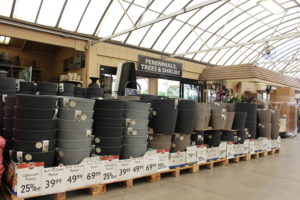

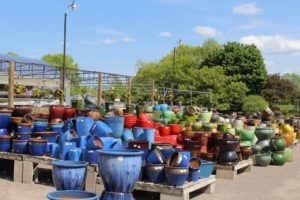
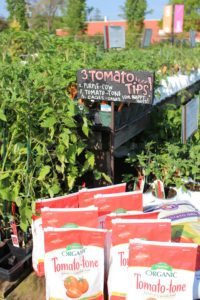

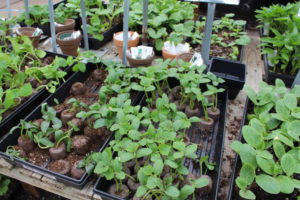
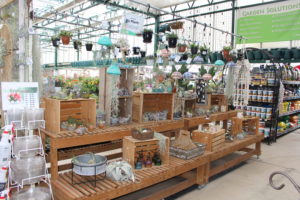
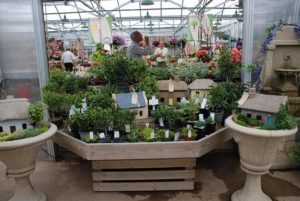
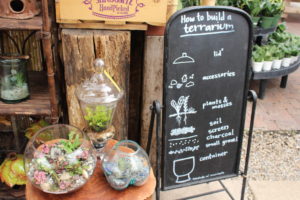


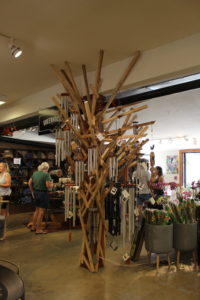
 Videos
Videos





